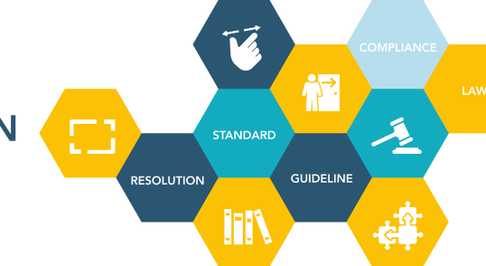Latest News
Are CRE Concentrations Still a Financial Crisis Prognosticator?
March 18, 2020
Key Takeaways From Regulators’ Recent CECL Final Policy Statement
March 05, 2020
CBLR: A win for most, but time for the rest to move on
January 17, 2020
CECL is Coming: Here’s How Bank Stakeholders Can Anticipate Its Impact While Making Their Voices Heard
November 22, 2019
By Putting UBPR and Call Reports Under the Microscope with Qaravan, Investors and Bank Stakeholders Can Gain Meaningful Insight Far Beyond Raw Data
November 06, 2019
OTC Markets Group Top Performing Banks Report by Qaravan: 2Q 2019
September 13, 2019
Qaravan CECL: Featured in Great Lakes Banker Magazine
August 19, 2019
CECL: Unpaved Road Ahead
June 03, 2019
What Can Socrates Teach Us About CECL?
July 13, 2018
About Qaravan – A powerful performance analytics platform for community banks
May 11, 2018
Is a Commercial Real Estate (CRE) Crisis Coming in 2018?
May 04, 2018










